This story is part of CES 2016. Our editors bring you complete CES 2016 coverage and scour the showroom floor for the hottest new tech gadgets around.


Now playing:
Watch this:
Coolest computers of CES 2016
13:33
Smartwatches, smart homes, smart cars, smart headsets that promise virtual worlds — this was the CES where every type of device decided to go smart. Computers have always seemed pretty smart on their own, and CES 2016 brought a wide selection of new systems, upgraded versions of old ones, and even a few radically new ideas.
OLED comes to laptops
The most eye-catching new trend (literally), was the inclusion of stunning OLED displays on a handful of new systems. This display technology has been on the periphery of the television industry for years, but until recently, was too expensive to be practical. Now, big OLED TVs are coming close to mainstream prices, and OLED screens are starting to show up in laptops, too.
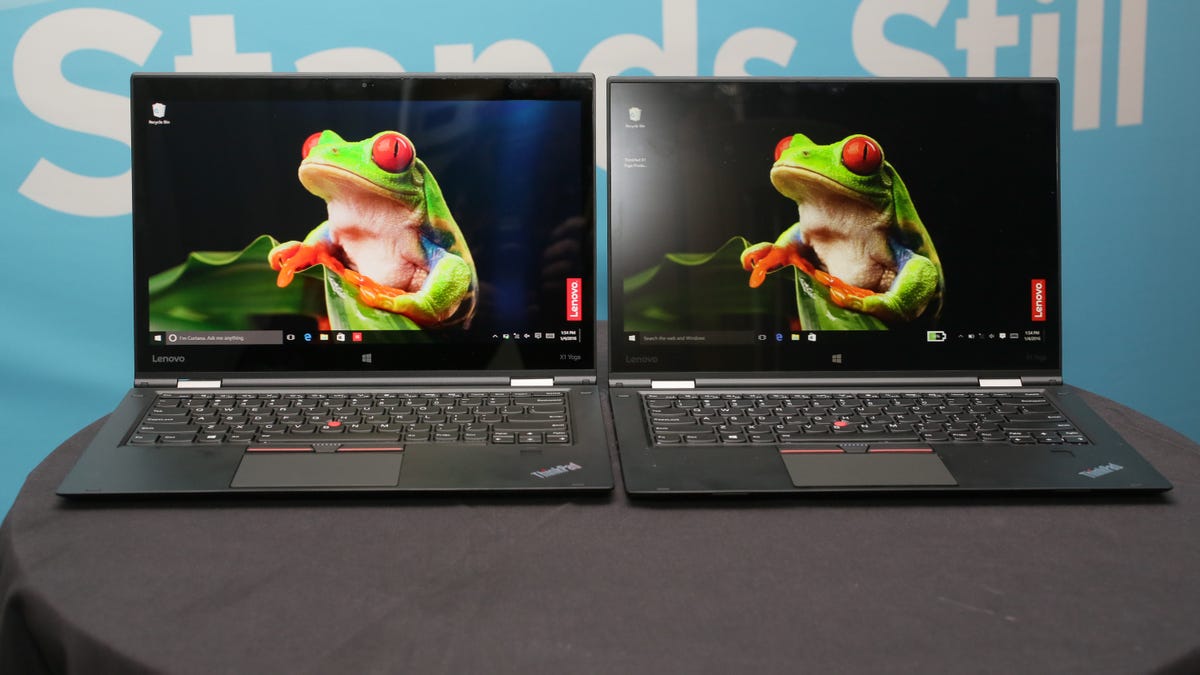
OLED on the left, LCD on the right.
Sarah Tew/CNET
The first example we saw was the Lenovo ThinkPad X1 Yoga, a high-end take on that familiar hybrid line, where it made images nearly jump off the screen. Dell added OLED to a revamped Alienware 13, and the Samsung Galaxy TabPro S is a slim Windows tablet with an AMOLED display (a slightly different implementation of the technology).
An OLED display isn’t going to make your computer run faster, and it’s going to be a premium add-on, with prices starting at $1,500 and going up from there. But, it’s the kind of technology that once you see it on a friend or coworker’s OLED laptop, you’ll have immediate screen envy and start scheming for your next upgrade.
Desktops aren’t dead
The traditional gray-box desktop may still be a zombie category, but other types of desktops were everywhere. One especially clever idea was the Lenovo ThinkCentre 610S, a compact desktop that looks like it would make a great little media center. Perched on top of the pyramid-like shape is a wireless projector for turning any room into a mini home theater. Lenovo also took aim at the popular iMac all-in-one with the slim ThinkCentre X1.
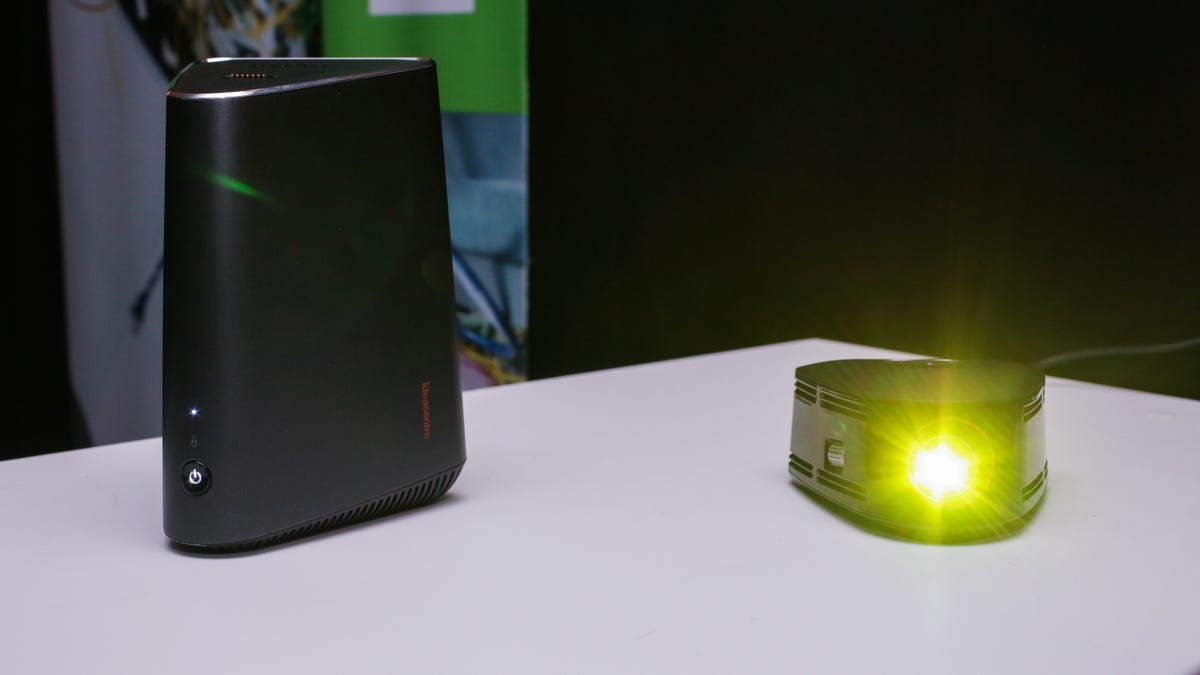

Sarah Tew/CNET
Still the best gaming platform
Origin PC impressed with its compact Chronos gaming desktop, with clever magnetic feet for swapping between vertical and horizontal configurations; while Asus offered a room-filling ROG GT51, a powerful gaming rig that comes with an NFC (near-field communications) wrist strap for unlocking a hidden hard drive partition.
But the most talked-about gaming rig of the week was the Razer Blade Stealth, a slim black ultrabook with an RGB backlit keyboard. It has no special gaming muscle by itself, but instead connects to a (sold-separately) external box that contains a desktop graphics card. That’s an idea that’s been tried many times before, with limited success — the difference here is that the GPU box connects to the laptop via a simple USB-C cable, and the laptop itself starts at a very reasonable $999.
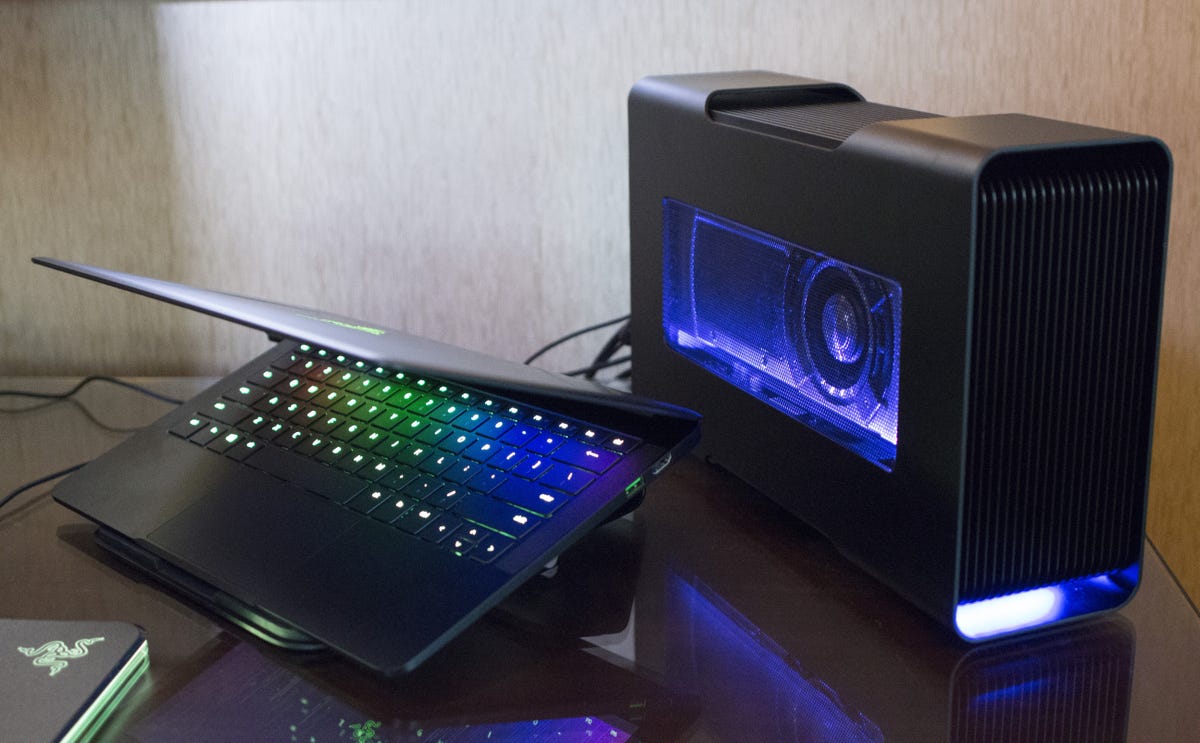

The Razer Blade Stealth with the Razer Core.
CNET/Sean Hollister
Gaming all-in-one desktops are also an idea that’s been tried before, and also with mixed results. We liked that the Origin PC Omni used desktop, rather than laptop, parts inside, and that it came built inside a curved 34-inch screen. Velocity Micro and other boutique PC builders are crafting similar systems, based on the same off-the-shelf chassis.
The next big challenge for gaming PCs will come in March when the first Oculus Rift virtual reality headsets ship. The systems requirements to play Oculus games are sky high and exclude nearly every laptop, no matter how powerful.
The PCs, laptops, and tablets of CES 2016 (pictures)




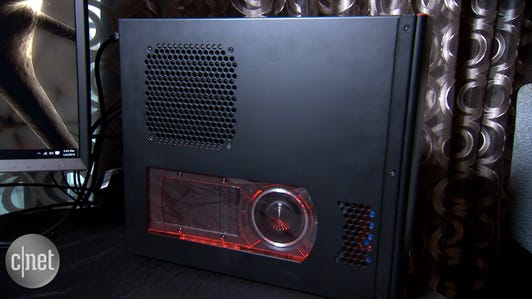

+13 more
Inexpensive, not cheap
Yes, you can drop many thousands on some of the computers mentioned here, but more interesting may be just how little you can get away with spending. The $200 laptop is the new normal for budget shoppers, with HP, Lenovo and other companies building low-end clamshells perfectly fine for casual Web surfing or video streaming. Dell is now getting in on the game, with the colorful Inspiron 11 3000. It’s similar to those other models, Celeron processor, 11-inch screen, small hard drive and just a little RAM, but the candy colored rainbow of design options help it feel a little more fun.
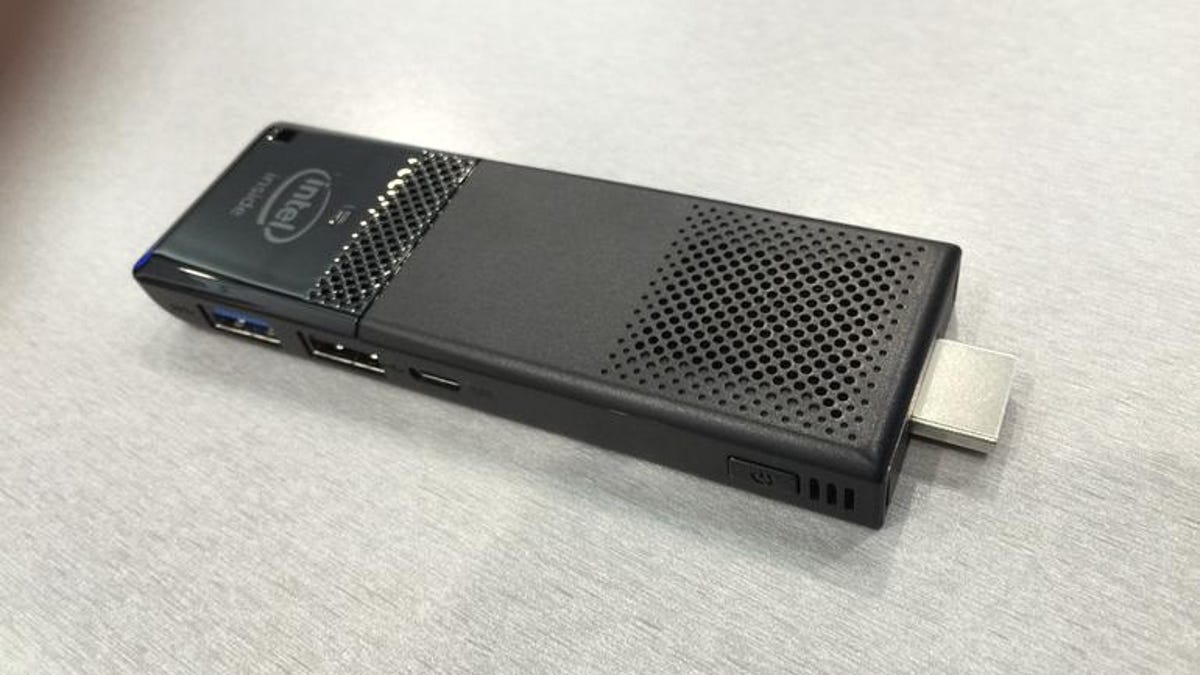

Dan Ackerman/CNET
One of the sleeper hits of last year’s CES was the Intel Compute Stick, a tiny Atom-powered desktop in a chunky stick about the size of Fire TV or Roku stick. The second-gen version was announced this week, and is shipping immediately. It adds a second USB port, updated professor and better Wi-Fi — not groundbreaking changes, but in a device so stripped to the bone, every little bit helps. It’s not the computer for everyone, or for every day, but at $159, it’s a great portable backup PC, or an easy way to turn any TV or monitor into a presentation machine.
You can see a hands-on discussion of many of these systems in our annual video showcase of the best PCs of CES. My co-host Sean Hollister adds a couple of predictions for post-CES PCs: Standardized USB-C external battery packs will allow manufacturers to keep pushing thinner without worrying much about battery life; and even in 2016, touchscreens still won’t be standard.
Check out all of our CES 2016 coverage for more on these systems and everything else at the show.




